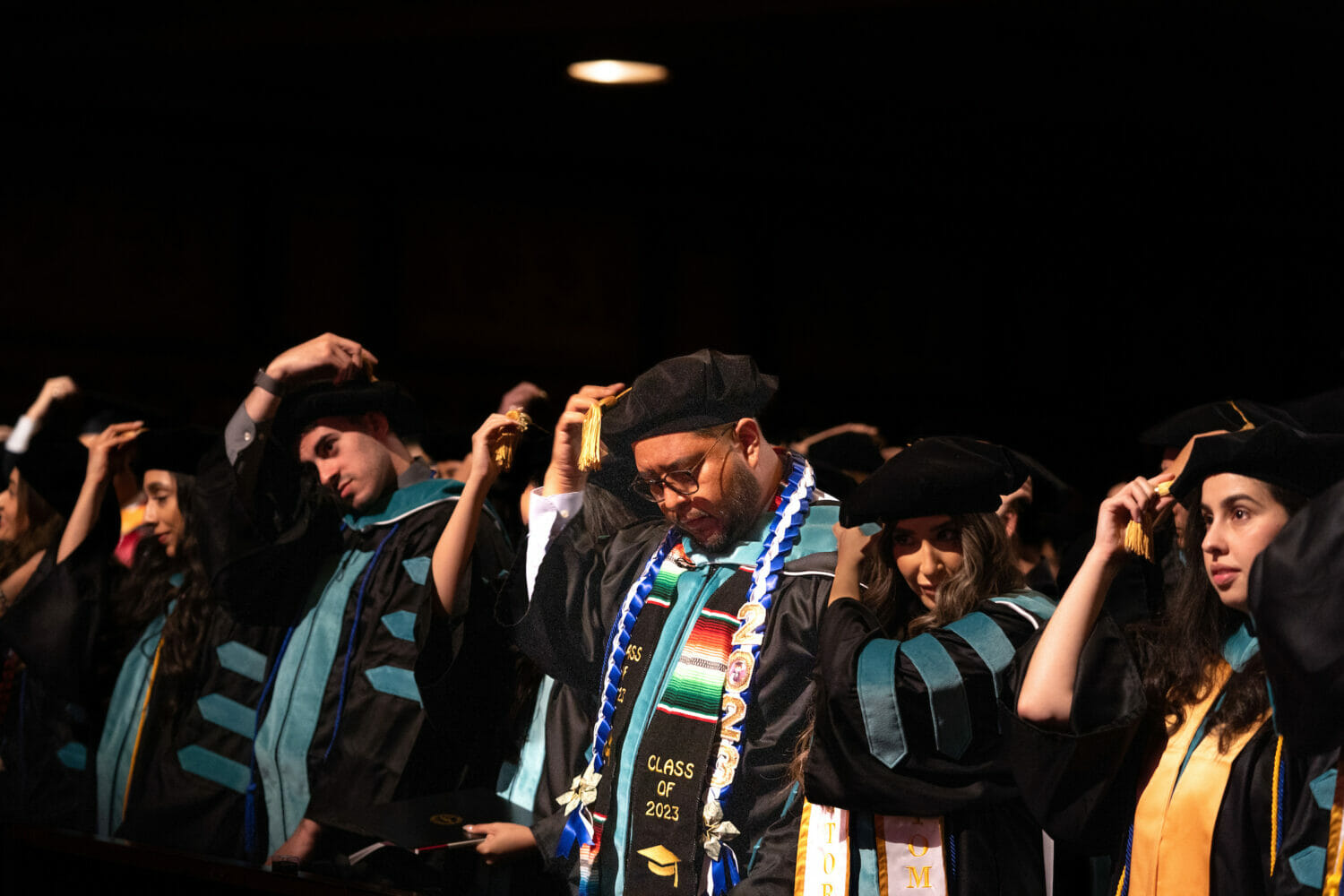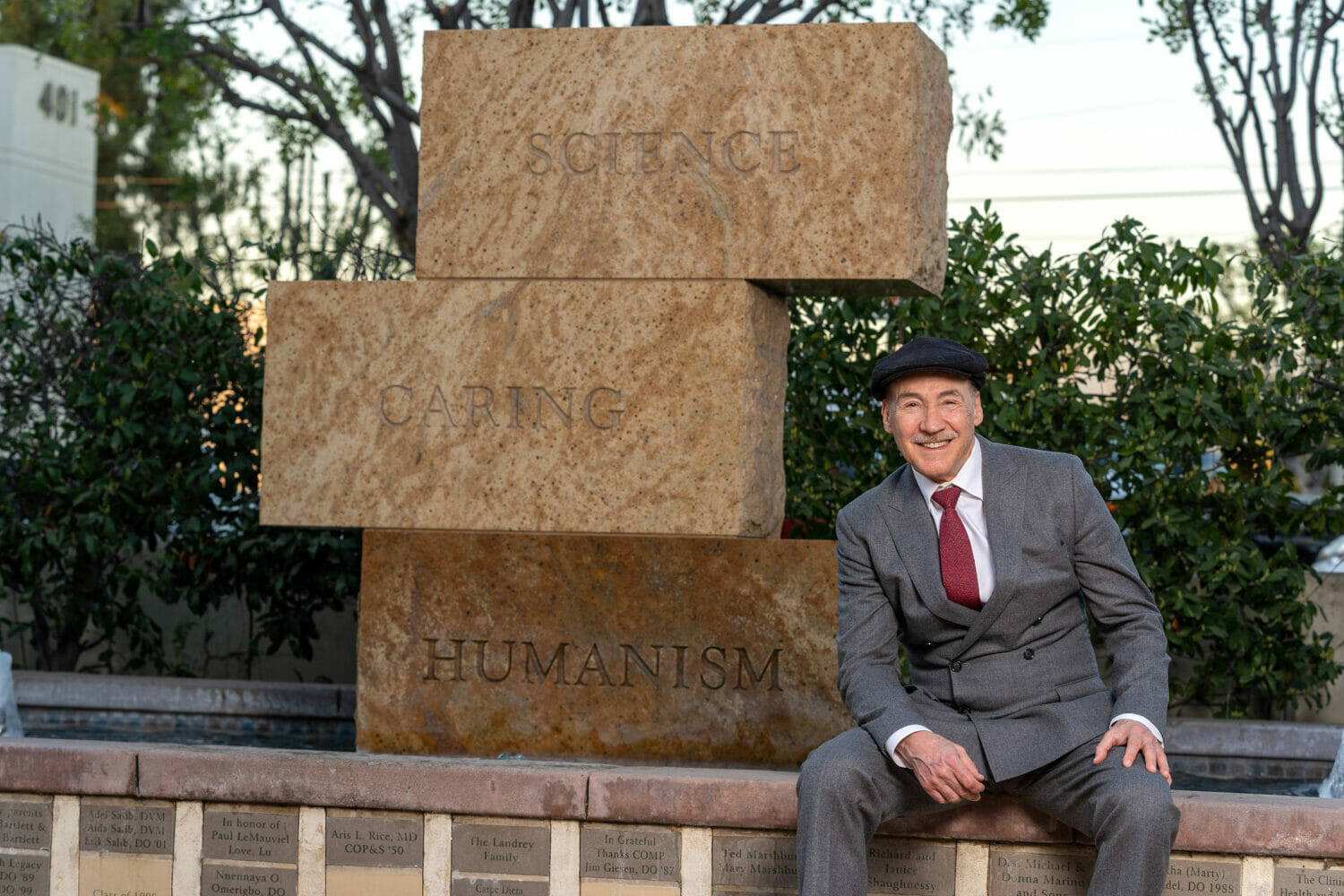WesternU Professor receives NSF grant
The National Science Foundation (NSF) awarded a continuing grant to the collaborating labs of WesternU Graduate College of Biomedical Sciences Assistant Professor Manal Swairjo, PhD, and Professor Dirk Iwata-Reuyl from Portland State University (PSU) for the project, “Mechanism and Structure in an Enzyme Superfamily.”
The funding amount to WesternU is $137,401. The award is effective July 15, 2013 and continues for three years. This is a continuing grant which has been approved on scientific/technical merit.
“Obtaining funding from a major national agency like NSF means that our project is competitive, even in this difficult funding environment,” Swairjo said. “This is a good acknowledgement to have and gives a message to others, especially junior researchers, that there is light at the end of the grant-writing tunnel. It also means that we will be able to continue our work on these enzymes and get closer to developing a new biocatalytic agent for industrial applications, leveraging our pending patent on the crystal structure of QueF.”
The project focuses on elucidating the molecular/structural basis for the divergent chemistries exhibited by several members of the tunneling fold (T-fold) superfamily of enzymes involved in the biogenesis of transfer-RNA (tRNA). These include the nitrile oxidoreductase QueF and a recently discovered QueF-like (QueF-L) amidinotranferase. Both enzymes are involved in the biosynthesis of modified nucleosides of tRNA found in nature.
The T-fold superfamily has emerged as a remarkably versatile protein scaffold for the evolution of diverse catalytic activities, with myriad chemistry reported for T-fold proteins. This is especially evident in the pathway to the 7-deazaguanosine nucleosides exemplified by the modified tRNA nucleosides queuosine and archaeosine. Three members of the T-fold superfamily have been confirmed in these pathways, and another enzyme is likely to be a superfamily member. Together they exhibit chemistries ranging from hydrolysis to isomerization reactions, and oxidoreductase to amidotransferase activity.
“A long-term goal of our research is to elucidate the pathways and molecular mechanisms responsible for the biosynthesis of structurally complex nucleoside modifications found in RNA, as well as the molecular basis for their biological function,” Swairjo said.
The specific aims of this project are twofold: to elucidate the molecular mechanism of the enzyme QueF and identify the structural features responsible for cofactor binding and specificity; and to elucidate the molecular mechanism of the enzyme QueF-L and elucidate the role of conserved and divergent structural elements in the chemistry of this enzyme.
These aims will be achieved through the integration of bioinformatic methods, transient kinetic experiments, structural biological studies, and site-directed mutagenesis. The work pursued in this project will build an understanding of the molecular basis for the varied chemistry exhibited by the T-fold superfamily, and serve as a foundation for future investigations that can exploit potential biocatalytic applications of these enzymes.



